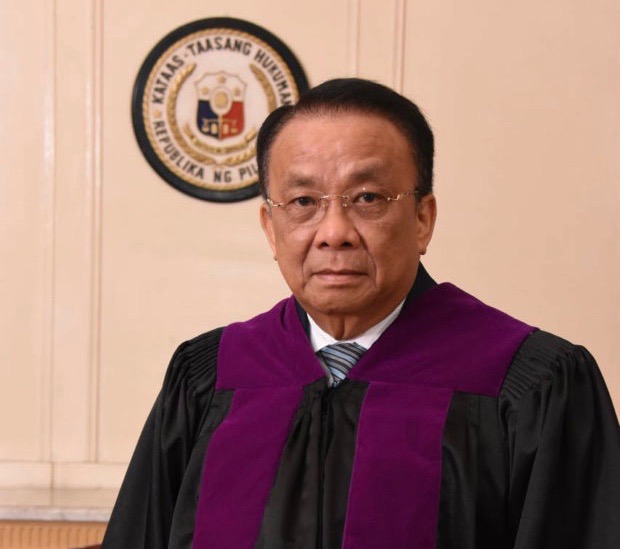MANILA, Philippines – Manila wants the Supreme Court to speed up the construction of the city’s hall of justice, Chief Justice Lucas Bersamin revealed Friday evening.
“There is already a demand by the Mayor of Manila for all courts to leave City Hall of Manila,” Bersamin said at a gathering of lawyers.
The Chief Justice acknowledged the difficulty posed by “human, as well as, document traffic” at City Hall, where most of the courts are housed in the fourth and fifth floors.
“If you had gone to the City Hall of Manila, you will see the congestion. Napakapuno,” Bersamin said.
“They [City of Manila through Mayor Joseph Estrada] have formally asked the Supreme Court to speed up the construction [of the Hall of Justice],” the Chief Justice said.
He said the High Court was already building the hall of justice at the old GSIS.
In 2015, then chief justice Maria Lourdes Sereno promised that the construction of the Manila’s hall of justice will start in 2017 and be completed by 2019
The High Court’s budget for the long-overdue Manila Hall of Justice is P1.865-billion which covers five phases: pre-design, design, procurement, construction support and post-construction support.
The construction of the Manila Hall of Justice was planned in early 2000 but was shelved for a lack of budget. In 2010, the High Court asked P3 billion from the Department of Budget and Management but it was turned down.
Then, in 2012, the groundbreaking for the project was held. The budget for the construction was taken from the Supreme Court’s savings.
Manila trial courts are currently dispersed in the Manila City Hall, in the old building of the Office of the Ombudsman, the old and condemned structure of the GSIS, former Masagana mall in UN Avenue and in Binondo.
The proposed hall of justice would showcase a model courthouse equipped with modern communication facilities. LCD screens would be put outside each courtroom so that lawyers, litigants and the rest of the public can view court activities and announcements.
It would also be environment-friendly with paperless conference rooms equipped for video-conferencing, as well as closed-circuit television (CCTV) cameras, intercom and Internet wireless hotspots installed in strategic areas.
It would also have a centralized filing and docketing system to vastly improve the administration of justice.
Once completed, it will house 120 Regional and Metropolitan Trial Courts. /cbb
